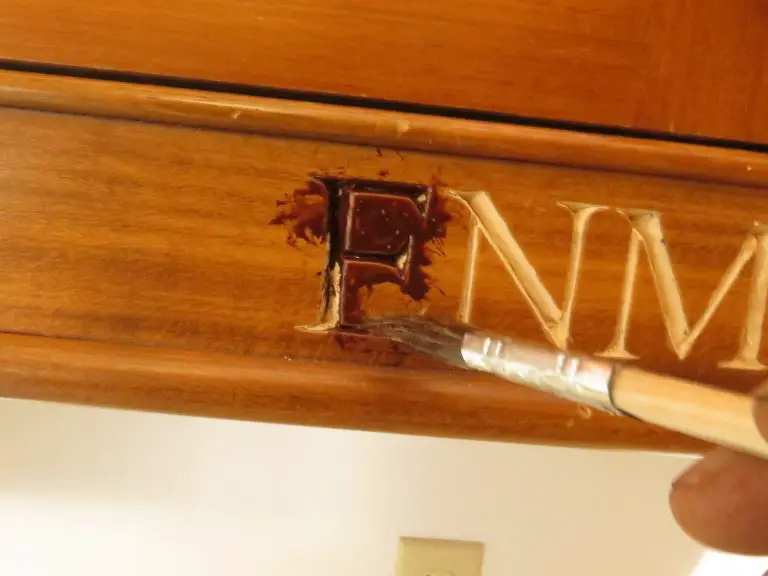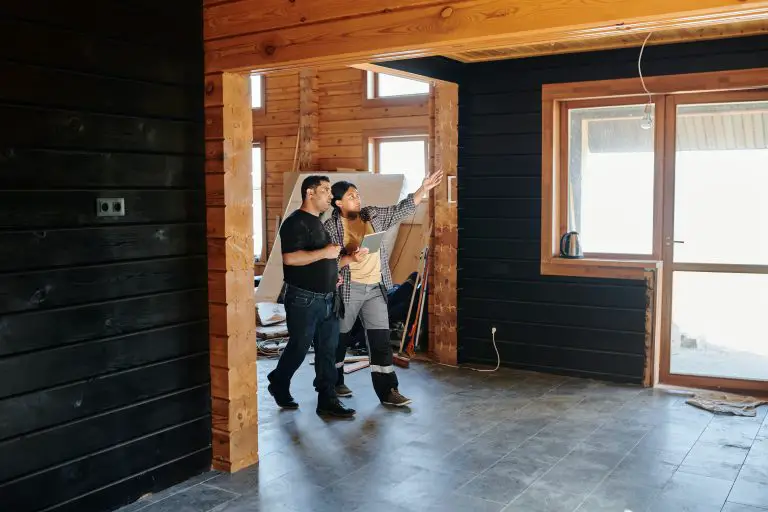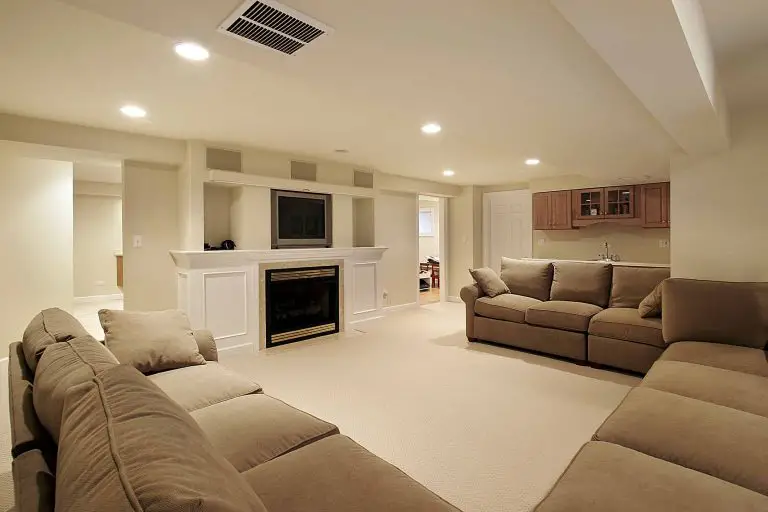
- Video#1 Watch Time = 1 1/2 minutes
The short answer is, no. When it comes to home insulation, “overdoing it” today is often the bare minimum tomorrow. That’s been the trend for the last 40+ years and it’s not likely to let up. The question is, when will we learn our lesson?
Aim Ahead
I want you to imagine travelling back in time to, say, 1985. While you’re there, ask the average home builder to comment on the minimum home insulation standards we routinely follow today. They’d almost certainly smile and advise you not to waste your money:
“The building code doesn’t require that much insulation in the attic!”
“You’re crazy to waste your money putting insulation on the outside of walls studs!”
“Nobody ever insulates unfinished basements from floor to ceiling! It’s a waste!”
“R50 of insulation in walls? That’s unnecessary and of no value!”
But looking back from the perspective of 2023, we can see how popular opinion – even professional opinion – can be wrong. Home insulation levels that would have seemed insanely-high 40 years ago are actually building code minimums today. Minimums. Even homes built to meet code just 5 years ago would not be approved in some jurisdictions now. The fact is, home insulation and energy performance standards are moving targets, and too few people aim far enough ahead of them. But really, shouldn’t your new home or renovation stay current longer than your latest smartphone?
Of course the answer is yes, but when it comes to construction and renovations, our eyes are easily seduced. It happens all the time. Fancy countertops, upgraded floors, a hot tub or a finished basement are all wonderful things to have in your life, but insulation can’t honestly be looked at through the same lens. Generous levels of home insulation are so much more valuable because no other construction feature acts as an investment the way home insulation does. Building to futureproof your home is all about construction that means spending less money on energy and putting more money in your pocket year after year. Quite a bit more money, in some cases.
- Video#2 Watch Time = 2 1/4 minutes
Insulation and Vacations
Home insulation upgrades can save enough to pay for a tropical vacation each winter for as long as you live. Ten years’ worth of energy savings could buy you a new car. Upgrading from poor insulation and a leaky building envelope can even offer the same financial benefit as having a $100,000 guaranteed investment certificate bearing interest on your behalf. That’s why insulation upgrades need to be looked at like the goose that lays the golden egg. Take care of the goose and she will fund an unending stream of goodies, some of which even go beyond finances.
A well insulated house is a more comfortable house, even at the same room temperature as an inefficient one. That’s because effective insulation and air sealing reduces cold spots and drafts. Effective insulation also means your home will hold heat longer in the event of a power failure during winter. Sound insulation makes your home seem bigger too, because you feel more private when sounds from the rest of the house never make it to your ears.
Generally speaking, the most effective and simplest energy upgrades happen in the attic. It’s easy to blow more insulation up there, so this is often the best place to start. Basement walls are another big energy waster, and that’s why basement insulation offers a big payoff.
Energy costs will probably trend upwards over time as entire new regions of the world demand their share of the middle-class lifestyle many of us have enjoyed for decades. You can count on it. That’s why overdoing it today is what makes the most sense for tomorrow.
So what exactly does overdoing it mean? That depends on where you live. I’m from Canada, and though we’re famous for our cold winters, summers get pretty hot where most of us live in the southern part of the country, too. My rule of thumb is to have at least 22″ of loose-fill or batt insulation in the attic at a minimum. Adding 50% more than this is a great idea. Trust me, it’s not too much. You’ll also go a long way to boosting energy efficiency with an unbroken layer of rigid insulation on the outside of walls. This is a great thing to consider if you’re replacing the siding on your house anyway.
Super-Insulation Case Study
I know a contractor who built the most energy efficient home he could for himself. He moved into his new place in the month of January and his total heating bill for that month was $20. Granted, he does have solar heating in his house, but that would not do the job if it were not for the massive levels of insulation he built into the place. He put R70 in the walls and R90 in the attic. You can learn some of the technical details of his house here.
Got a basement insulation campaign in mind? There are dangers involved that you might not realize, especially when it comes to indoor air quality. Click here for basement insulation and finishing tips you won’t find anywhere else.












